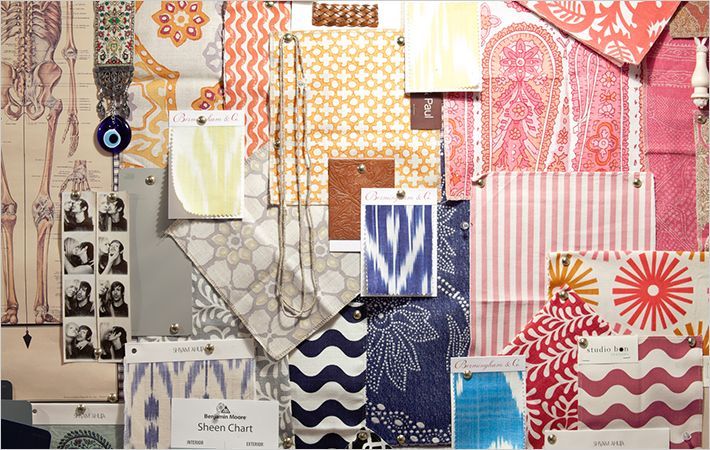Possible Applications Range from Electronic Textiles to Superconducting Cables
UT Dallas nanotechnologists have invented a groundbreaking new technology for producing weavable, knittable, sewable and knottable yarns containing giant amounts of otherwise unspinnable powders.Possible Applications Range from Electronic Textiles to Superconducting Cables
UT Dallas nanotechnologists have invented a groundbreaking new technology for producing weavable, #
A tiny amount of host carbon nanotube web holds guest powders in the corridors of highly conducting scrolls, without altering their performance for high-tech applications such as energy storage, energy conversion and energy harvesting.
With conventional technology, powders are either held together in a yarn using a polymer binder or incorporated on fiber surfaces. Both approaches can restrict powder concentration, powder accessibility for providing yarn functionality, or the strength needed for yarn processing into textiles and subsequent applications.
In the Jan. 7 issue of the journal Science, co-authors working in the Alan G. MacDiarmid NanoTech Institute of UT Dallas describe the use of “bi-scrolling” to solve these problems.
“In this study, we demonstrated the feasibility of using our bi-scrolled yarns for applications ranging from superconducting cables to electronic textiles, batteries and fuel cells,” said Dr. Ray H. Baughman, Robert A. Welch Professor of Chemistry and director of the UT Dallas NanoTech Institute.
Bi-scrolled yarns get their name from the way they are produced: A uniform layer of guest powder is placed on the surface of a carbon nanotube web. This two-layer stack is then twisted into a yarn.
The carbon nanotube webs used for bi-scrolling are not ordinary— they can be lighter than air and stronger pound-per-pound than steel. Four ounces of these webs would cover an acre of land and are about a thousand times thinner than a human hair.
These strong carbon nanotube webs hold together yarns that are mostly powders and can even be machine-washed. The web's thinness means that hundreds of scroll layers can be included in a bi-scrolled yarn no thicker than a human hair.
The choice of imbedded powder determines yarn function. For instance:
* UT Dallas researchers used yarns imbedded with metal oxide powder to make high-performance lithium ion batteries that can be sewn into fabrics.
* Bi-scrolled yarns for self-cleaning fabrics were obtained using photocatalytic powder.
* A powder of nitrogen-containing carbon nanotubes provided highly catalytic yarns for chemical generation of electricity, avoiding the need for expensive platinum catalyst.
* Using other types of powders, the team made superconducting yarns for potential use in applications ranging from powerful magnets to underground electrical transmission lines.
“UT Dallas's bi-scrolling technology is rich in application possibilities that go far beyond those we described in Science,” Baughman said. “For instance, our collaborator, professor Seon Jeong Kim of Hanyang University in Korea has already used bi-scrolled yarn to make improved biofuel cells that might eventually be used to power medical implants.”
“I am especially proud of two of our former NanoExplorer high school students, Carter Haines and Stephanie Stoughton, who are undergraduate co-authors of both our article in Science magazine and our internationally filed patent application on bi-scrolling,” Baughman added.
Other co-authors of this article are postdoctoral fellows Dr. Márcio Lima, who is lead author; Dr. Elizabeth Castillo-Martínez, Dr. Javier Carretero-Gonzáles, Dr. Raquel Ovalle-Robles and Dr. Jiyoung Oh; graduate students Xavier Lepró, Mohammad Haque, Neema Rawat, and Vaishnavi Aare; laboratory associate Chihye Lewis; research professors Dr. Shaoli Fang and Dr. Mikhail Kozlov; and Dr. Anvar Zakhidov, professor of physics and associate director of the NanoTech Institute.
Funding for this research was provided by grants from the Air Force, the Air Force Office of Scientific Research, the Office of Naval Research, the National Science Foundation, and the Robert A. Welch Foundation.
University of Texas

